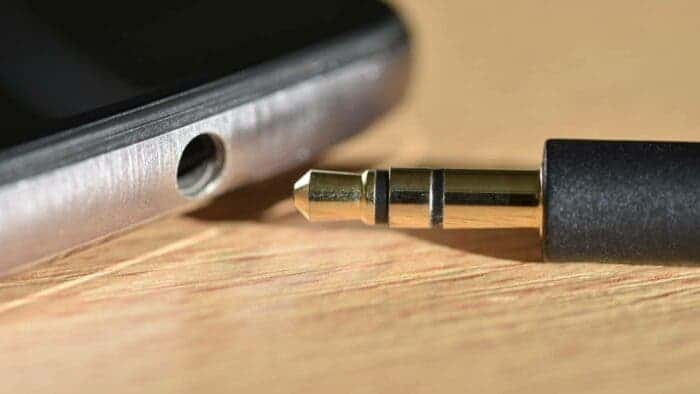Over the past few years, the jack socket on our smartphones has become increasingly scarce. Bluetooth wireless connections now commonly replace it, though it is still retained in a limited number of models. Here is our compilation of the top smartphones equipped with a jack socket.
In 2016, Apple initiated a significant shift by eliminating the 3.5 mm jack from its iPhone 7. This move signaled the decline of this iconic port, which has gradually disappeared from a growing number of smartphones. The absence of the jack coincided with the surge in popularity of True Wireless headphones and headsets, liberating users from the constraints of traditional cables.
However, not everyone is inclined to use wireless headphones or simply prefers having options. Fortunately, some manufacturers choose to preserve this choice and continue to incorporate a jack into their smartphones. We’ve curated a selection of models currently available in the market.
The Top Smartphones Still Rocking the Headphone jack
Asus Zenfone 10
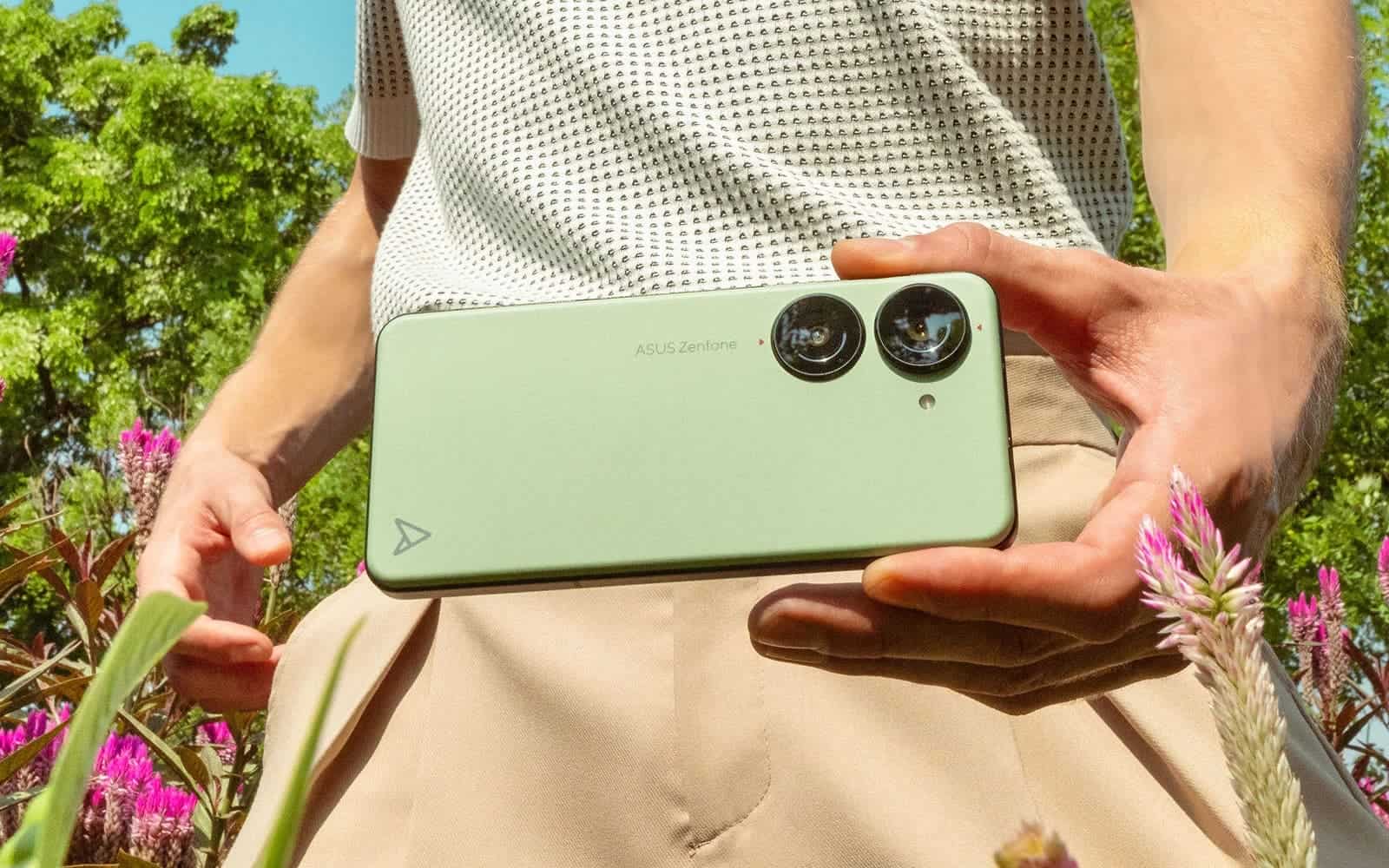
The Asus Zenfone 10 stands out as a top-tier smartphone equipped with a jack socket, showcasing Asus’s commitment to high-end devices. The Asian manufacturer has made significant design choices, including a remarkably compact form factor and, notably, the inclusion of a 3.5 mm jack port at the bottom of the phone. These deliberate decisions contribute to a more enjoyable handling experience without compromising on technical specifications.
Powered by the robust Snapdragon 8 Gen 2 processor and supported by 8 GB of RAM, the Asus Zenfone 10 delivers commendable performance, seamlessly handling any application or game. Importantly, the phone maintains an impressive battery life, thanks to its 4300 mAh battery, providing two days of endurance.
The device features a vibrant 5.9-inch touchscreen with Full HD+ resolution for displaying everyday content. Notably, the Zenfone 10 incorporates adaptive refresh rates ranging from 144 Hz to 60 Hz based on your usage, ensuring optimal performance.
While the Asus Zenfone 10 excels in various aspects, a slight drawback is observed in its photography capabilities. The phone sports two lenses on the back, delivering good performance but falling slightly behind the competition. Photography, although not the smartphone’s forte, remains satisfactory for everyday use within its given range.
Redmi Note 13 4G
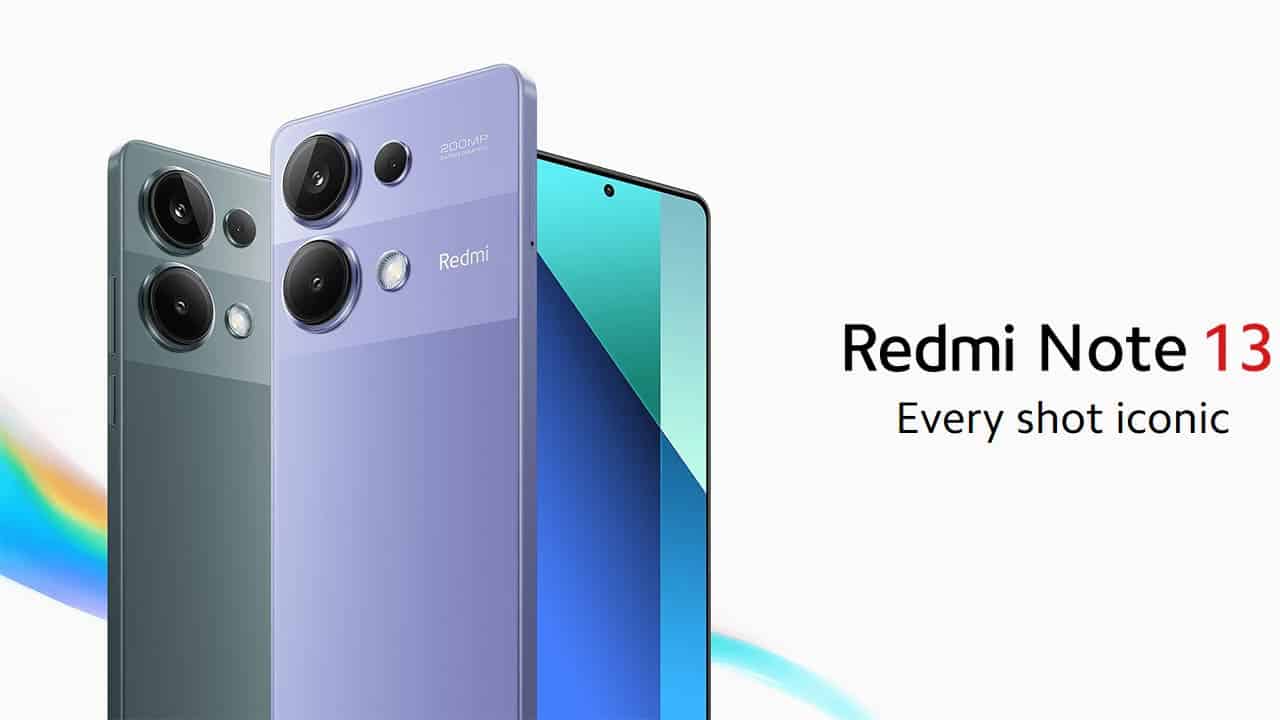
The Redmi Note 13 4G presents itself as an economical option featuring a jack port, continuing the success of its predecessor, the Note 12, which remains available in stores. Xiaomi distinguishes itself as one of the few manufacturers still incorporating a jack port, a rarity for a phone released in 2024.
This new entry-level smartphone from the Chinese brand offers a harmonious blend of features. While its design is refined, it leans towards a classic aesthetic. The noteworthy 6.67-inch AMOLED screen is a standout feature in this price range, boasting a high refresh rate of 120 Hz.
On the software front, the Redmi Note 13 runs on MIUI 14, a feature-rich interface. However, users may need to contend with a certain number of preinstalled applications that may not be particularly useful.
In terms of performance, the Redmi Note 13 is equipped with a Snapdragon 680 processor, ensuring a smooth Android experience for most daily tasks. However, for 3D games, the device falls slightly short, although this is not uncommon in this price range.
The camera performs adequately during daylight hours, but its performance diminishes in low-light conditions, highlighting that photography is not its strongest suit.
One of the Redmi Note 13’s strengths lies in its impressive battery life, thanks to its 5,000 mAh battery, providing more than a day of regular use. Additionally, fast charging capability allows the phone to go from 0 to 100% in just 1 hour and 15 minutes.
Redmi Note 12 Pro Plus
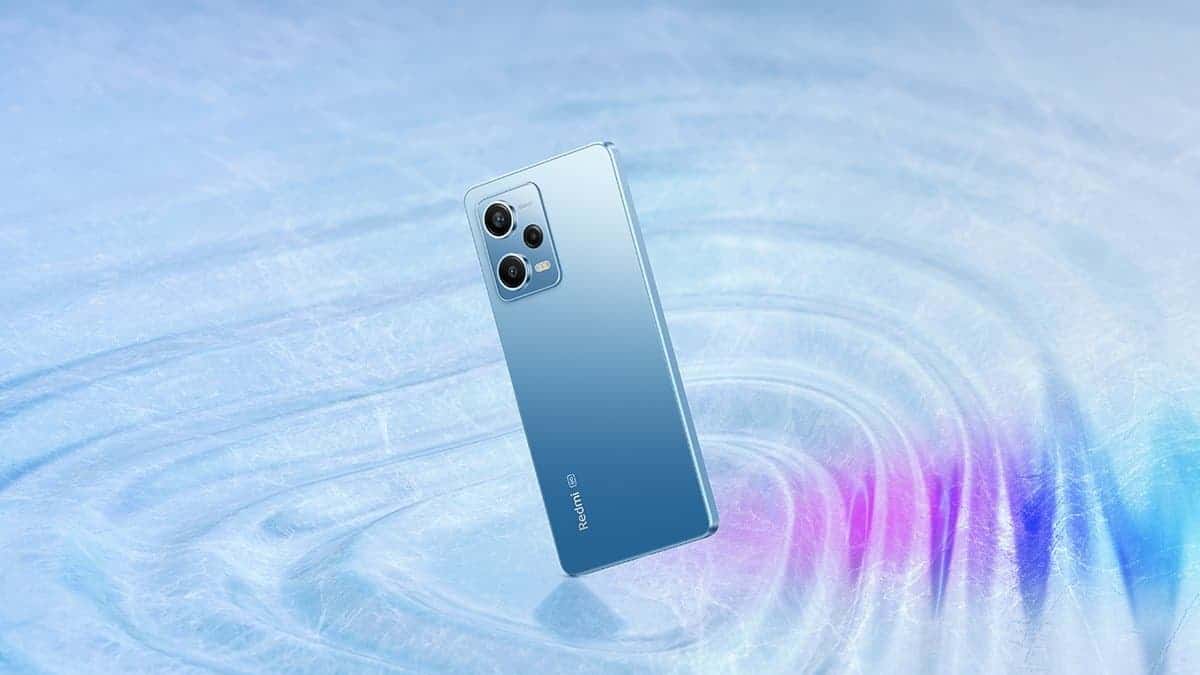
Introducing the Xiaomi Redmi Note 12 Pro Plus, the latest addition to Xiaomi’s mid-range lineup, offering impressive features at a price point below 500 euros, at least on paper.
This smartphone boasts compelling features, including a notable 200 MP primary camera sensor, rapid 120 W fast charging, and a stunning 6.67-inch OLED screen with a 120 Hz refresh rate. The display stands out for its brightness, fluidity, and is undeniably the device’s most significant strength. However, camera performance falls short of expectations, particularly in comparison to others in its price range, struggling with HDR mode and portrait mode.
Despite these camera limitations, the Redmi Note 12 Pro Plus excels in terms of battery life, charging speed, and the prowess of its chip (Dimensity 1020), ensuring smooth gameplay for the latest 3D titles without excessive heating. The inclusion of a jack socket, conveniently located at the top left, adds to the phone’s appeal.
It’s worth noting that the slightly less advanced Redmi Note 12 5G version also retains a headphone jack. For those seeking a budget-friendly option, this model currently offers the best value for money.
Oppo Find X5 Lite
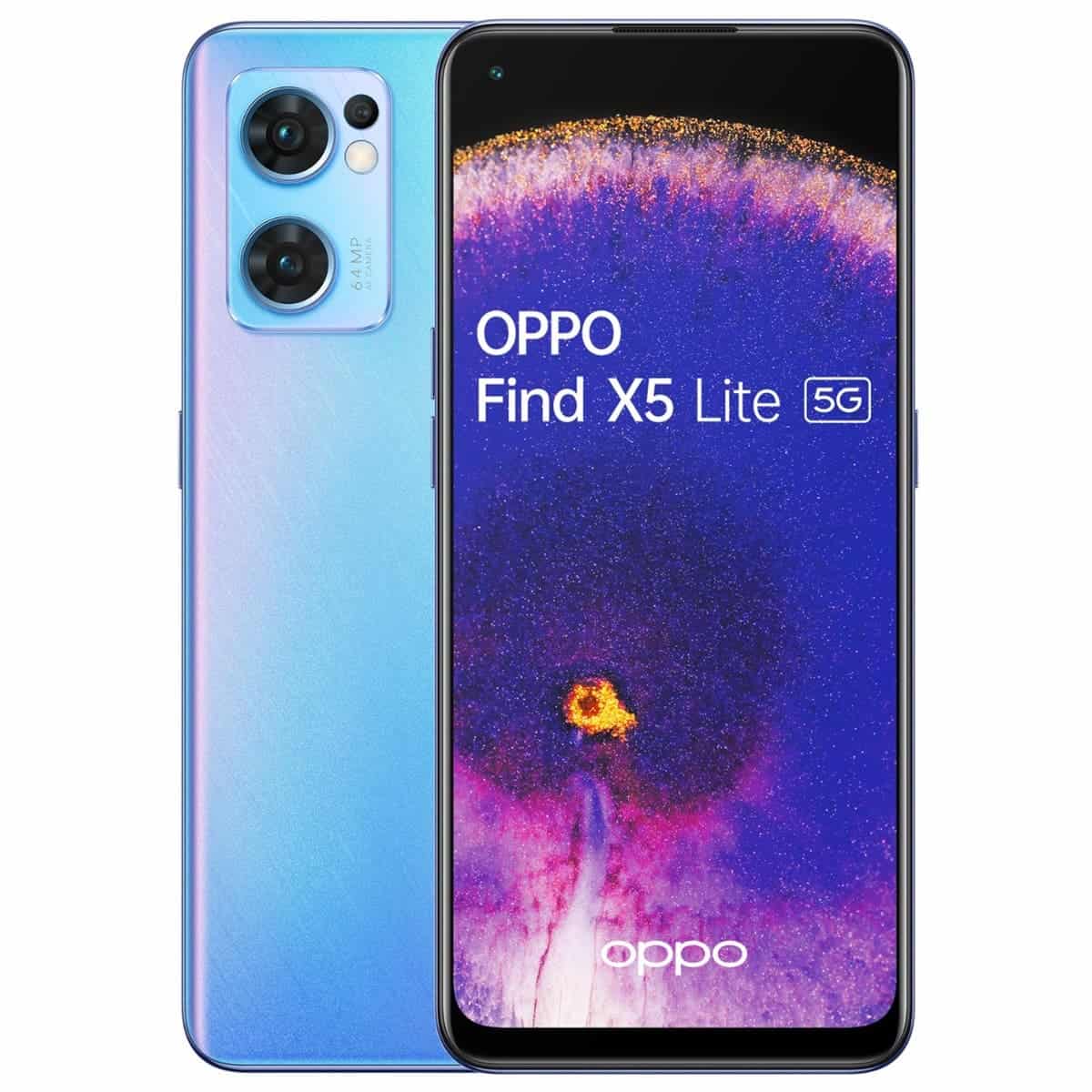
Introducing the Oppo Find X5 Lite, Oppo’s latest mid-range offering that combines a comprehensive feature set with a finely crafted build. Notably, the Oppo Find X5 Lite distinguishes itself with the inclusion of a 3.5 mm jack, seamlessly integrated without disrupting the overall aesthetics and contributing to a comfortable grip.
Under the hood, this Oppo smartphone is equipped with a MediaTek Dimensity 900 processor and boasts 8 GB of RAM, ensuring robust internal performance for daily use. The device is complemented by commendable battery life and efficient fast charging capabilities, providing rapid replenishment of energy.
The Oppo Find X5 Lite sports an impressive 6.4-inch OLED touchscreen capable of delivering Full HD+ content and a 90 Hz refresh rate. While the panel showcases vibrant colors, there is a slight drawback in peak brightness. The camera system delivers good quality, although not all features are uniformly top-notch.
Lastly, the Oppo Find X5 Lite deserves recognition for its 65W fast charging capability, which, coupled with reliable battery life, offers a well-balanced and efficient user experience.
Asus ROG Phone 7 Ultimate
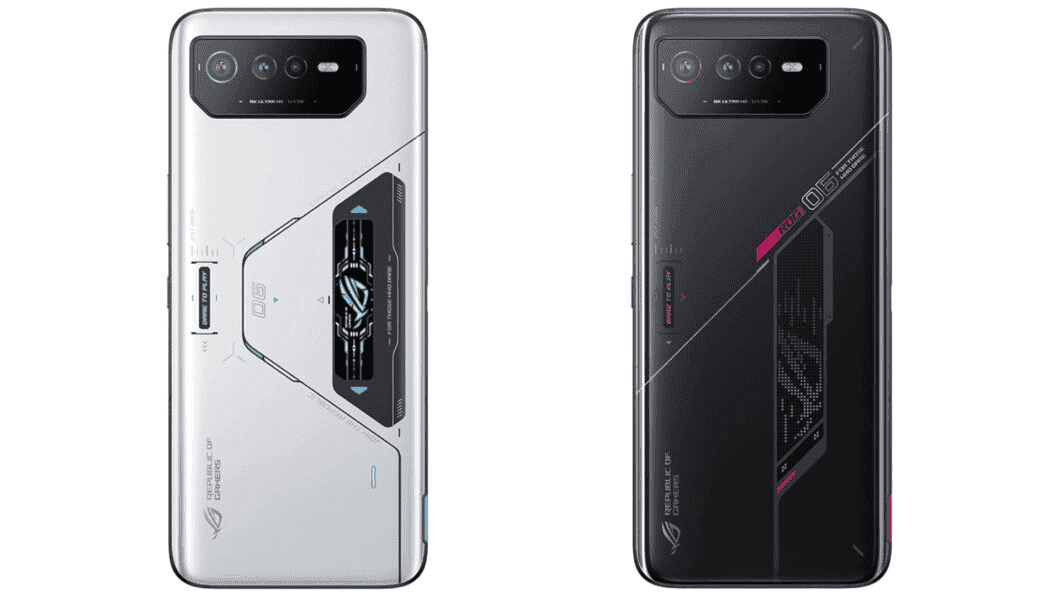
For enthusiasts with a budget and a passion for mobile gaming, the Asus ROG Phone 7 Ultimate is the ultimate choice. Asus remains committed to including the jack socket on its smartphones, a noteworthy feature for a gaming-focused device where optimal sound quality without latency is highly valued.
This gaming smartphone, positioned in the high-end market, offers a screen that fulfills every expectation for a 1000 euro smartphone in 2024: 120 Hz refresh rate, AMOLED display, and adaptive refresh rate.
When it comes to performance, the ROG Phone 7 Ultimate excels. Housing the top-tier Snapdragon 8 Gen 2 chip from Qualcomm. In the tested version, a substantial 16 GB of LPDDR5X RAM (with another version featuring 12 GB) is coupled with an Adreno 740 GPU.
Whether catering to gaming enthusiasts or those seeking a top-notch phone with a jack, the ROG Phone 7 Ultimate stands out as a compelling option at the pinnacle of high-end smartphones.
Consider the option of choosing a refurbished smartphone, where slightly older models, such as the Samsung Galaxy S10, are more likely to retain the headphone jack. Opting for a refurbished device not only proves financially advantageous. But also contributes positively to the environment by reducing the demand for new products. It’s a win-win situation for both your wallet and the planet.
Why choose a smartphone with a jack?
Selecting a smartphone with a jack offers several advantages. Firstly, it eliminates the need to invest in wireless or Bluetooth headphones for music playback. Even if you own wireless headphones, having the option to switch to wired connectivity when the battery runs out is convenient if the device itself has a jack connection and you have the cable on hand. Additionally, connecting your smartphone to a hi-fi system becomes much simpler with a jack.
Moreover, wired audio generally provides better sound quality. Bluetooth connections with wireless headphones can introduce a slight degradation in signal quality due to the use of different codecs. Audiophiles with discerning ears may prefer the superior audio quality offered by wired connections.
Choosing a smartphone with a jack provides flexibility. You can use both wireless and wired headphones, alternating between the two based on your preferences.
The gradual disappearance of the jack plug in smartphones is attributed to three main reasons. Firstly, its removal allows manufacturers to save space, enabling the integration of additional components such as a slightly larger battery. It also reduces potential openings for water ingress, contributing to improved waterproofing. While the individual savings may seem minimal, they can accumulate significantly in the production of smartphones in large quantities.
Additionally, the decline of the jack socket aligns with technological advancements favoring wireless solutions. Bluetooth standards have seen notable improvements, ensuring a reliable connection between smartphones and wireless headphones. The industry trend leans towards wireless technology as the new standard.
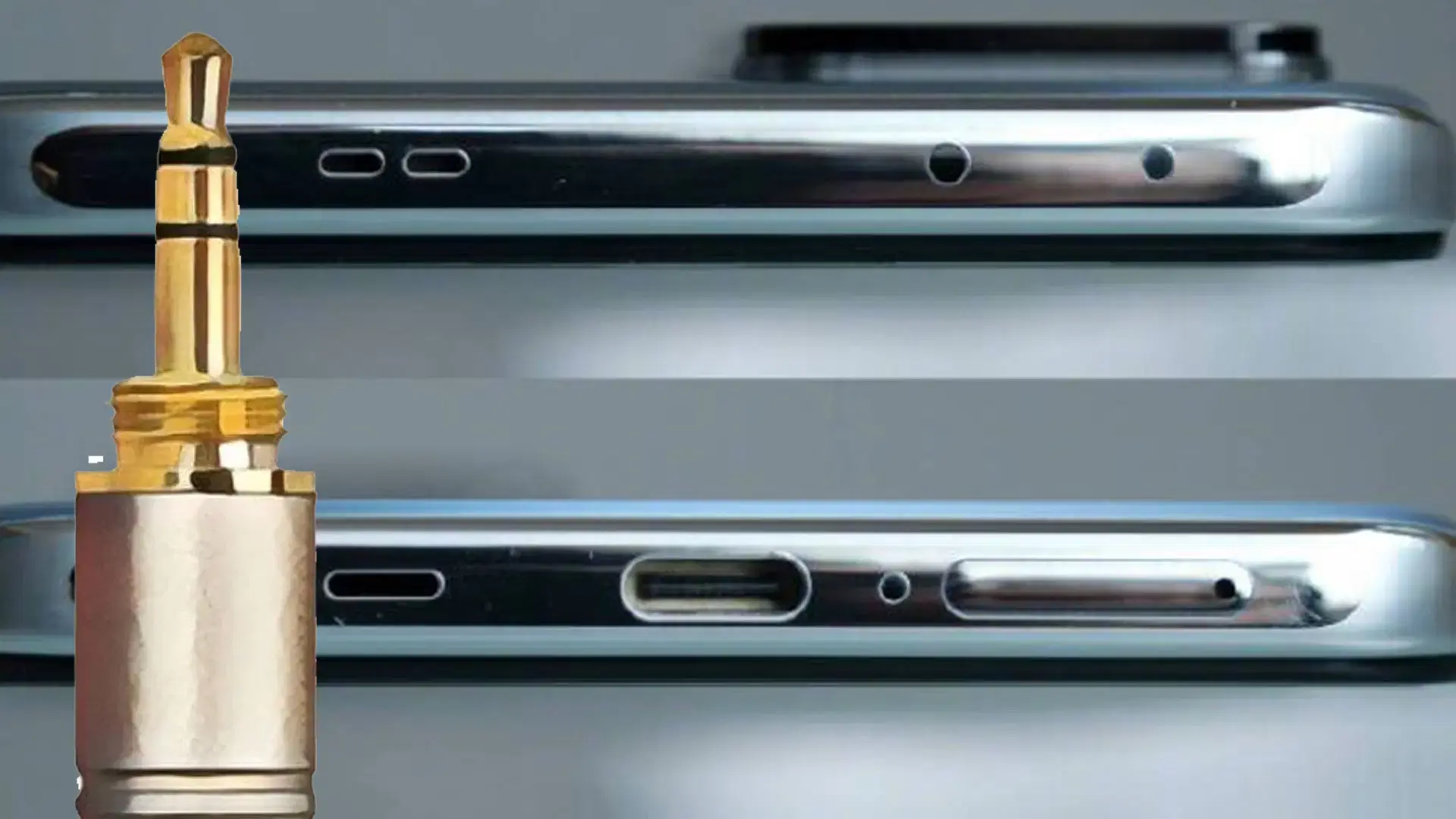
The Fading Symphony: Why the Headphone Jack is Leaving Smartphones and What’s Next?
For decades, the 3.5mm headphone jack was a ubiquitous companion on our mobile journey. It was the unassuming portal to our musical havens, the silent partner in countless phone calls, and a reliable source of entertainment on long journeys. However, in recent years, this familiar friend has begun a quiet retreat, vanishing from flagships and gradually becoming a relic of the past. Let’s delve into the reasons behind the disappearing jack and explore the potential solutions that are shaping the future of personal audio on smartphones.
The Case for Change: A Multifaceted Approach
The removal of the headphone jack is often attributed to a single driving force, but the reality is more nuanced. A confluence of factors has contributed to this shift, each playing a role in the evolving landscape of smartphone design and functionality.
- Thin is In: The Pursuit of Sleekness: Smartphone manufacturers are constantly pushing the boundaries of design, striving for thinner and lighter devices. The headphone jack, with its dedicated space requirement, became a casualty in this pursuit of sleekness.
- Wireless Revolution: Cutting the Cord: The rise of Bluetooth technology has been a game-changer in the world of personal audio. Offering a cord-free listening experience, Bluetooth headphones have gained immense popularity. Particularly among active users and those seeking a more streamlined setup.
- Multitasking Marvels: Redefining the Port: Historically, the single jack had the task of handling both audio and charging. However, with the increasing use of features like fast charging and multi-device data transfer, manufacturers are opting for more versatile ports like USB-C, which can handle a wider range of functionalities.
- Profitable Play: The Ecosystem Factor: The removal of the jack has also opened doors for new revenue streams for manufacturers. With the reliance on wireless headphones, companies can offer their own branded accessories, creating a lucrative ecosystem around their devices.
The Impact: A Mixed Bag of Reactions
The decision to remove the headphone jack has been met with mixed reactions. While some users have embraced the convenience and freedom of wireless technology, others lament the loss of a familiar and reliable standard.
- Convenience and Choice: Proponents of the change highlight the convenience of wireless headphones. No more tangled wires, the ease of switching between devices, and the improved portability are seen as significant advantages. Additionally, the rise of high-quality Bluetooth headphones has addressed concerns about audio quality, offering experiences comparable to wired counterparts.
- Loss of a Legacy: Cost and Compatibility Concerns: Critics of the change raise concerns about the increased cost associated with purchasing new wireless headphones. They also point out compatibility issues, as not all devices work seamlessly with all wireless headphones. Additionally, the reliance on batteries in wireless headphones introduces another potential point of failure and inconvenience.
- Environmental Concerns: E-waste and Planned Obsolescence: The shift towards wireless headphones raises environmental concerns. The production of new devices contributes to electronic waste. And the limited lifespan of some wireless headphones due to planned obsolescence further compounds the issue.
Navigating the Fading Symphony: Potential Solutions
As the headphone jack fades, users face several options:
- Embrace the Wireless Wave: Investing in high-quality wireless headphones offers a convenient and feature-rich listening experience. Look for headphones with good battery life, comfortable design, and compatibility with your devices.
- Adapters Keep it Wired: For those who prefer the reliability and affordability of wired headphones, adapters that connect your existing headphones to the phone’s charging port are readily available. However, this solution adds bulk and negates the benefits of a sleeker design.
- Manufacturers Rethink Strategy: While the current trend seems to favor wireless, some manufacturers are catering to users who prefer wired options. These companies may offer phones with both a headphone jack and a USB-C port, providing greater user choice.
- Standardization and Innovation: Industry-wide standardization of wireless technology and advancements in battery life could further incentivize the adoption of wireless headphones, addressing concerns about compatibility and convenience.
A Symphony of Change
The disappearing headphone jack represents a significant shift in the evolution of smartphones. While some may mourn the loss of a familiar connection, the change also opens doors to new possibilities and advancements in personal audio technology. Ultimately, embracing innovation and providing users with a variety of choices is key to meeting the future needs of smartphone audio. Fostering a symphony of convenience, quality, and environmental responsibility.
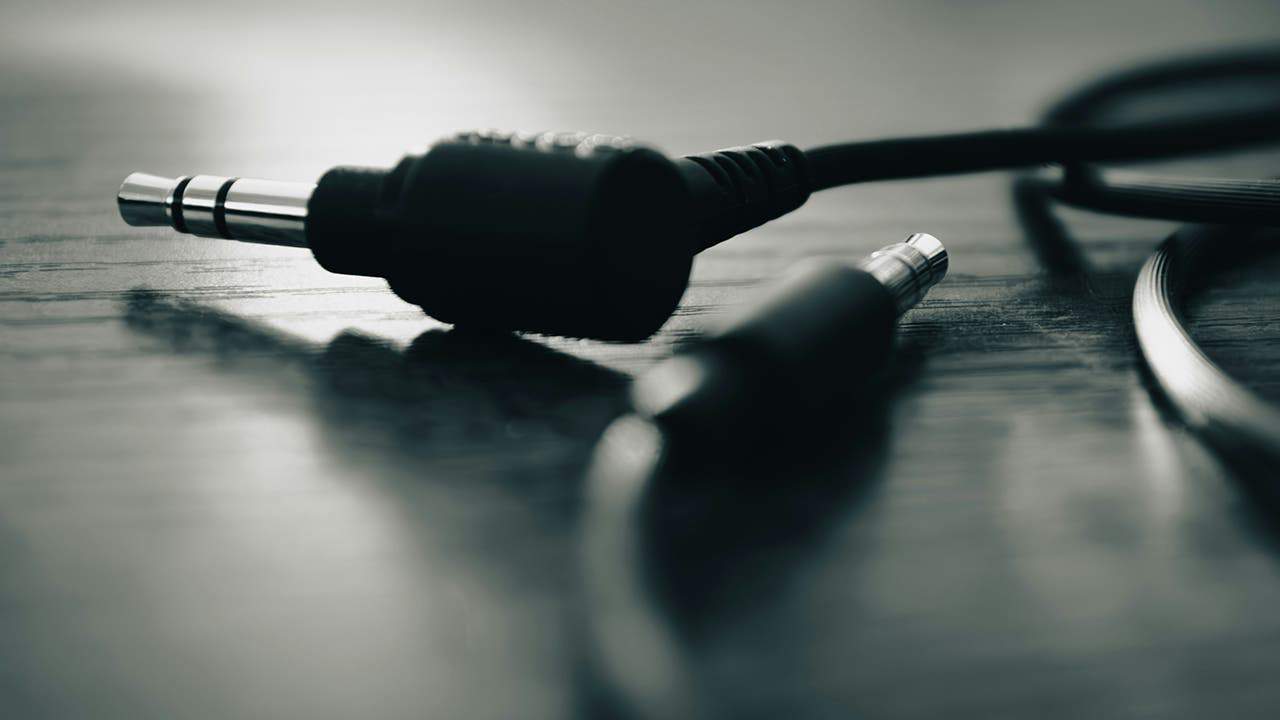
Tips and Tricks for Navigating the Fading Headphone Jack Symphony:
Embracing the Wireless Wave:
- Research and Compare: Before buying wireless headphones, research different brands and models. Consider factors like sound quality, battery life, comfort, noise cancellation (if desired), and compatibility with your devices. Reviews and comparison guides can be helpful resources.
- Invest in a Case: People often lose or damage wireless headphones. Carrying a case protects them from scratches, drops, and everyday wear and tear.
- Extend Battery Life: Familiarize yourself with your headphones’ battery-saving features. Turning off noise cancellation when not needed, reducing the volume, and avoiding extreme temperatures can help prolong battery life.
- Double Duty Chargers: Look for wireless headphones that come with charging cases that can also function as portable power banks. Allowing you to charge your phone on the go.
Sticking with the Classics:
- Invest in a Quality Adapter: Opt for a durable adapter made from high-quality materials to ensure good sound quality and avoid connection issues.
- Organize Your Cables: Neatly organize your wired headphones and adapters in a small pouch or bag to avoid tangling or losing them.
- Explore Different Earphone Types: Consider trying different types of wired earphones. Such as in-ear monitors or over-ear headphones, to find the best fit and sound experience for your preferences.
Making Informed Choices:
- Advocate for Choice: If you value having a headphone jack, express your preference to manufacturers and retailers. This can help influence future design decisions.
- Embrace Innovation: Be open to exploring new technologies that may emerge in the future. Such as advancements in wireless audio or innovative wired solutions.
- Prioritize Sustainability: When purchasing new headphones, consider eco-friendly options made from recycled materials or with longer lifespans to minimize e-waste.
By following these tips and tricks, you can navigate the changing landscape of smartphone audio and find a solution that best suits your needs and preferences. Ensuring you continue to enjoy the music, calls, and other audio experiences you love.

